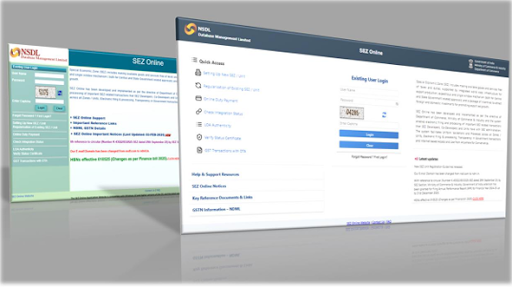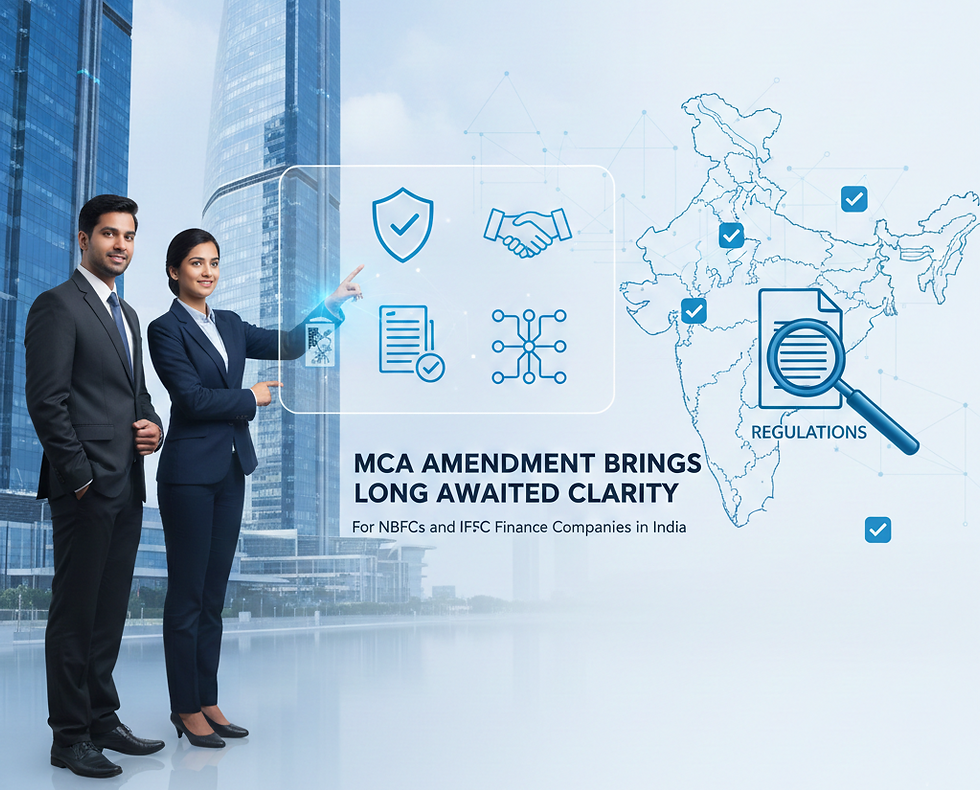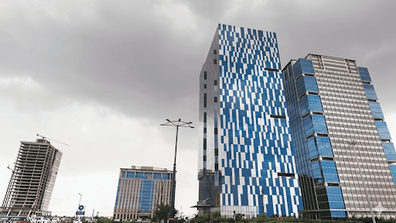💸 Remittance of Assets Under FEMA: 2025 FAQs for NRIs, PIOs & Foreign Nationals
- GIFT CFO
- Jul 18
- 3 min read
Updated: Jul 24
🌐 Introduction: What Is Remittance of Assets?
Under the Foreign Exchange Management Act (FEMA), 1999, certain individuals and entities are permitted to remit proceeds from their assets held in India to a foreign country — this process is referred to as “Remittance of Assets.”
This blog answers key FAQs updated for 2025, clarifying who can remit, how much, from what sources, and when RBI approval or tax compliance becomes relevant.

🏦 Q1. What is “Remittance of Assets”?
It refers to the transfer of funds from India to abroad, representing:
Deposits with Indian banks, firms, or companies
Provident fund balances
Superannuation/pension benefits
Insurance claim or maturity proceeds
Sale proceeds of:
Shares
Securities
Immovable property
Other financial or non-financial assets
🌍 Q2. Who can remit assets outside India?
The following categories are allowed to remit assets (up to USD 1 million per financial year):
Foreign nationals (excluding citizens of Nepal and Bhutan)
NRIs / PIOs (Persons of Indian Origin)
Indian entities
Branch or office of a foreign company established in India
Specific eligibility:
Retired from employment in India
Inherited assets from someone covered under Section 6(5) of FEMA
Non-resident widow/widower of an Indian national
Expatriates with contributions to PF or pension while not permanently resident
Winding-up proceeds from a foreign office/entity
📝 Q3. What sources can the remittance be made from?
NRO account balances (with declaration)
Sale proceeds of shares, securities, or property
Assets acquired through:
Inheritance
Legacy
Deed of settlement
📌 A declaration must confirm that the NRO funds are legitimate and not borrowed or transferred from other accounts.
👤 Q4. Who is considered a “Resident” under FEMA?
As per Section 2(v) of FEMA, 1999, a resident is:
A person residing in India for more than 182 days during the preceding financial year
Excludes those leaving India for:
Employment or business abroad
Any purpose showing an intention to stay abroad indefinitely
🧳 Q5. What is “Not Permanently Resident”?
This refers to a person temporarily in India for:
Employment of a specified duration
Job assignments not exceeding three years
Such individuals may still remit certain benefits (like superannuation or PF) under FEMA.
🛑 Q6. When is RBI prior approval required?
✅ RBI permission is mandatory if:
Total remittance exceeds USD 1 million in a financial year
The remittance relates to:
Inheritance or legacy from an Indian resident
NRO account or asset sale proceeds by NRIs/PIOs beyond the limit
The remittance is sought on grounds of hardship
💰 Q7. Are there any tax implications on remittance?
Yes. All remittances must comply with Indian income tax laws.
👉 Authorized Dealer (AD) banks must verify and ensure that tax obligations are settled before processing the remittance.
📜 Footnote Clarification: Section 6(5) of FEMA
“A person resident outside India may hold, own, transfer, or invest in Indian currency, securities, or immovable property if such were acquired when the person was a resident in India or inherited from a resident in India.”
This clause allows NRIs or foreign nationals to retain and transfer legacy Indian assets, provided the acquisition followed FEMA rules.
📌 Conclusion: Remitting Assets? Stay FEMA-Compliant
Whether you’re an NRI, a foreign national retiring from Indian employment, or a legal heir of Indian assets — FEMA provides a regulated route to remit funds abroad. Staying within the USD 1 million limit, complying with RBI and tax rules, and working with an experienced Authorized Dealer bank ensures smooth processing.
📩 Need help structuring remittances, drafting declarations, or securing RBI approvals? Get in touch with GIFT CFO — your expert advisory team for FEMA compliance and cross-border asset transfers.


























































































Comments